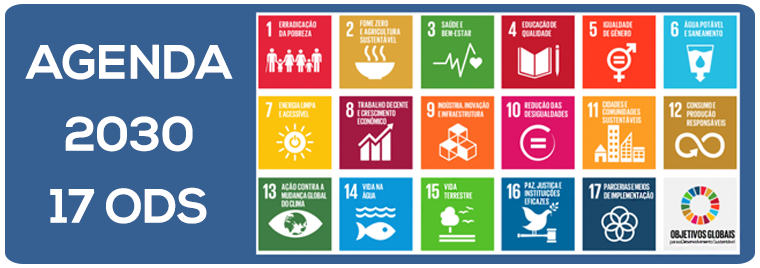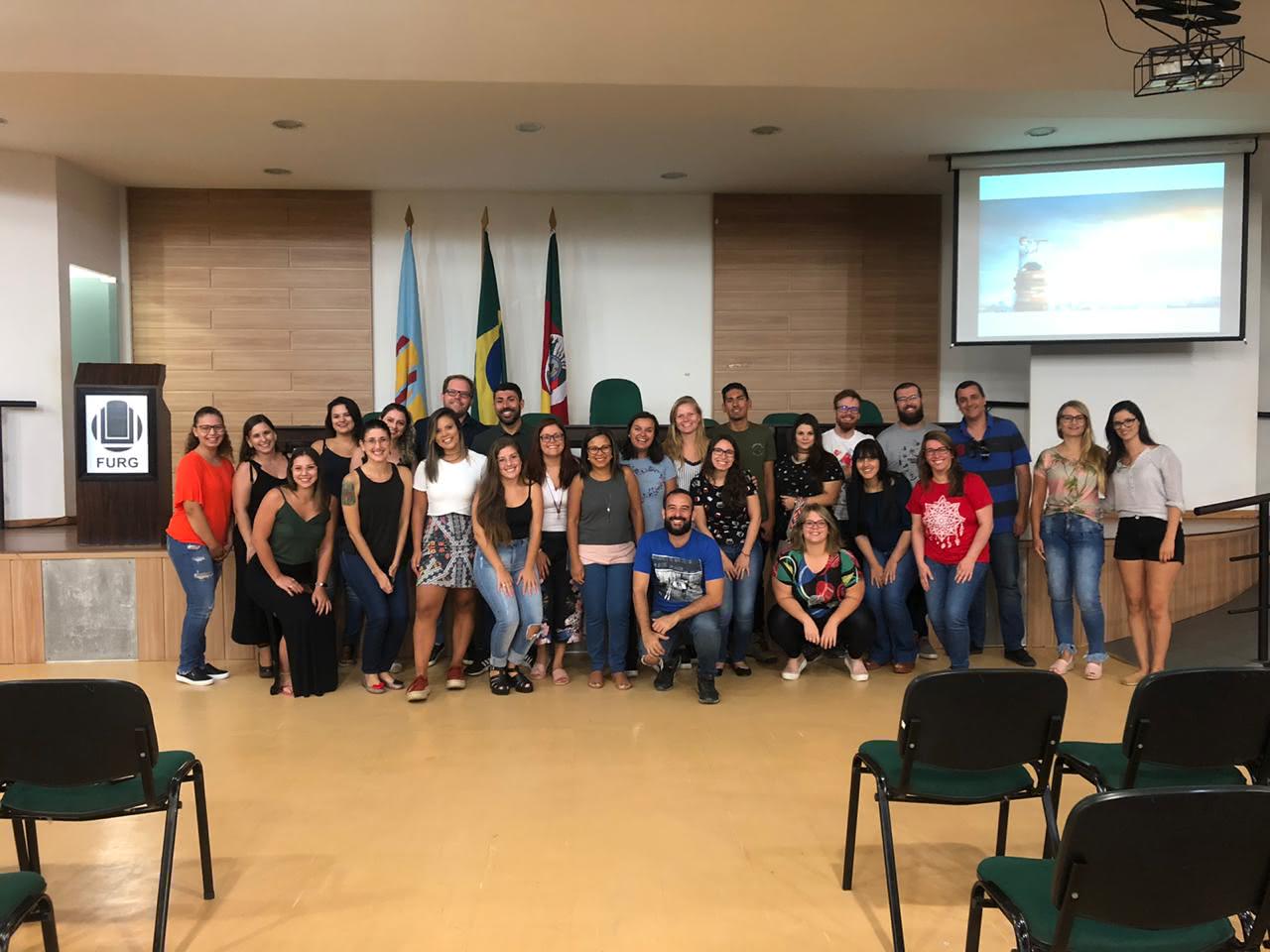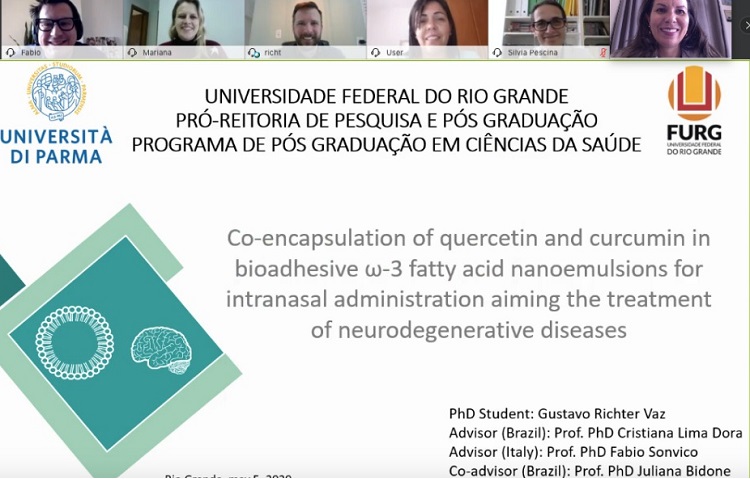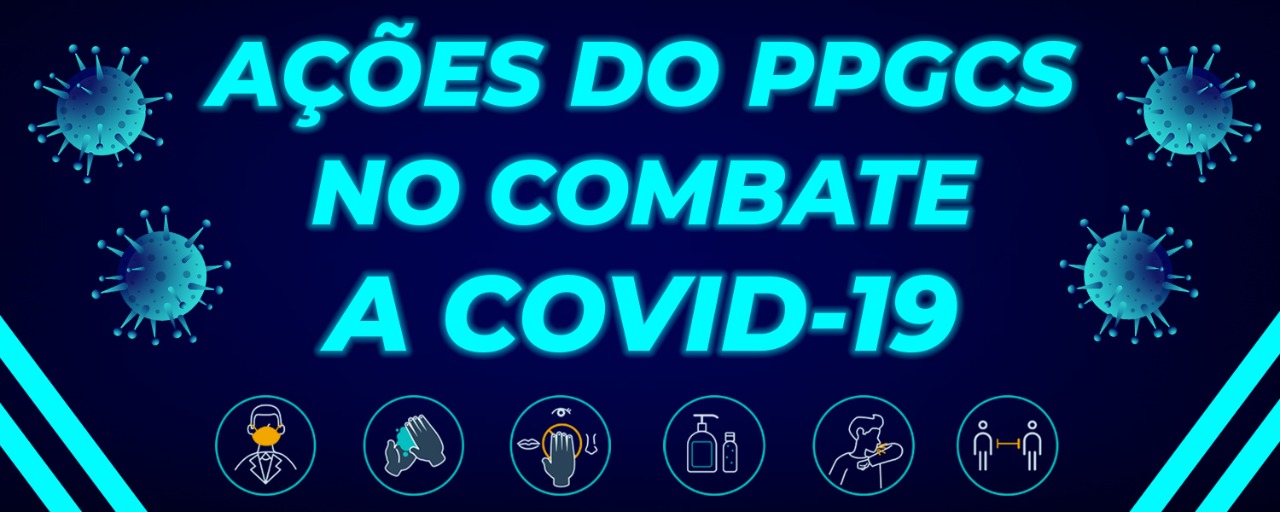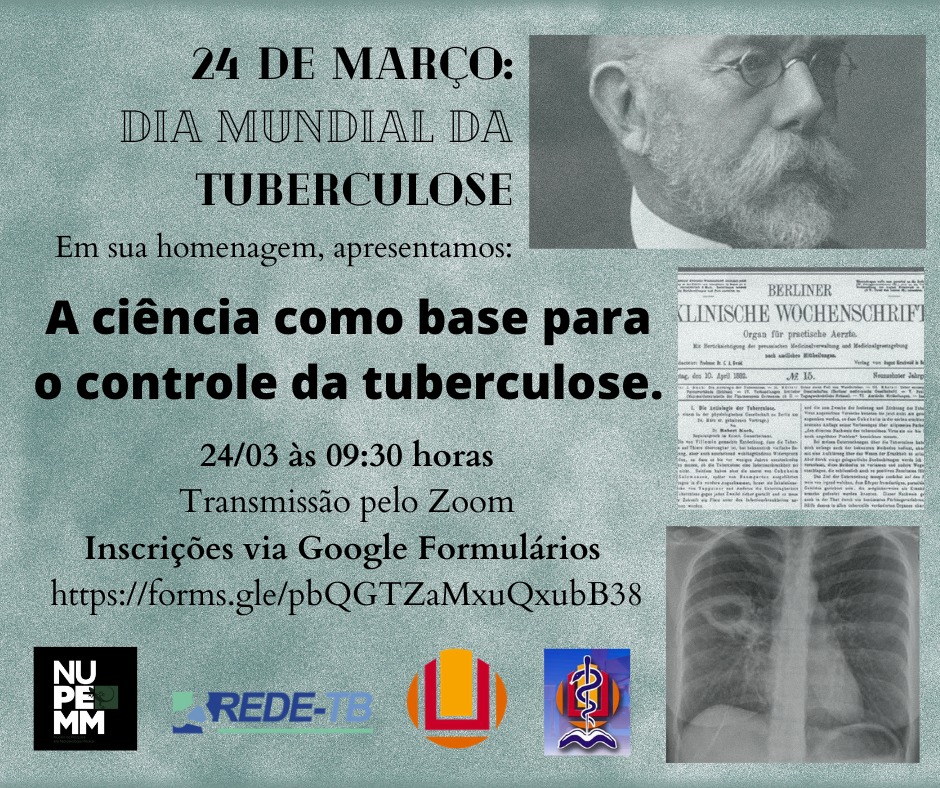Efeito de fungos geofílicos e de desinfetantes de superfície sobre a 15 viabilidade de ovos de Toxocara canis
Autor: Izadora Ferreira Previtali (Currículo Lattes)
Resumo
A toxocaríase humana é uma zoonose parasitária negligenciada de difícil controle e tem o helminto Toxocara canis como seu principal agente etiológico. O objetivo deste estudo foi avaliar o efeito de fungos geofílicos e dez princípios ativos de desinfetantes de superfície sobre ovos de T. canis. Na primeira etapa do estudo, placas de Petri contendo Curvularia spp. e placas com Neoscytalidium spp. foram incubadas em meio ágar-ágar 2% com 1.000 ovos não embrionados de T. canis, a 25oC, no escuro, durante sete, 14, 21 e 28 13 dias. Também foi realizada incubação de 1.000 ovos sem os fungos (controle). Em cada período, foram avaliadas seis repetições para determinar as taxas de ovos inviáveis pelo fluoróforo iodeto de propídeo em fluorescência, e taxa de embrionamento e de alterações morfológicas em microscopia óptica. No entanto, não foi observada diferença significativa entre os fungos avaliados e o controle, em relação aos parâmetros analisados. Na segunda etapa do estudo, 1.000 ovos de T. canis não embrionados foram mantidos em contato com 5mL de cada desinfetante (álcool etílico, hipoclorito de sódio, clorexidine, associação de cloreto de benzil alquil dimetil amônio e cloreto de didecil dimetilamônio, o-benzil p-clorofenol, associação de hidrocarbonetos, fenóis e cresóis) (grupo exposto) ou com 5 mL de água destilada (grupo controle), por 30 minutos, duas e 18 horas. Em cada período, foram avaliadas cinco repetições para determinar as taxas de ovos com alterações morfológicas e de ovos inviáveis, assim como, a diferença relativa da taxa de inviabilidade (DRTI) encontrada entre cada produto químico e o controle. A maioria dos desinfetantes testados apresentou taxas de ovos inviáveis superiores ao controle. Os desinfetantes clorexidine 4% e a associação do cloreto de benzil alquil dimetil amônio e cloreto de didecil dimetilamônio 0,45%, foram os que apresentaram os melhores resultados, em 30 minutos de exposição, com DRTI de 74,6% e 72%, respectivamente. Além disso, o segundo produto químico apresentou DRTI de 128,7% em 18 horas contato. Conclui-se que, nas condições estudadas, os fungos geofílicos Curvularia spp. e Neoscytalidium spp. não apresentam potencial para o emprego no controle biológico de T. canis e que dois dos desinfetantes de superfície testados apresentam potencial para o controle dos ovos não embrionados deste parasito.
TEXTO COMPLETO DA DISSERTAÇÃO


